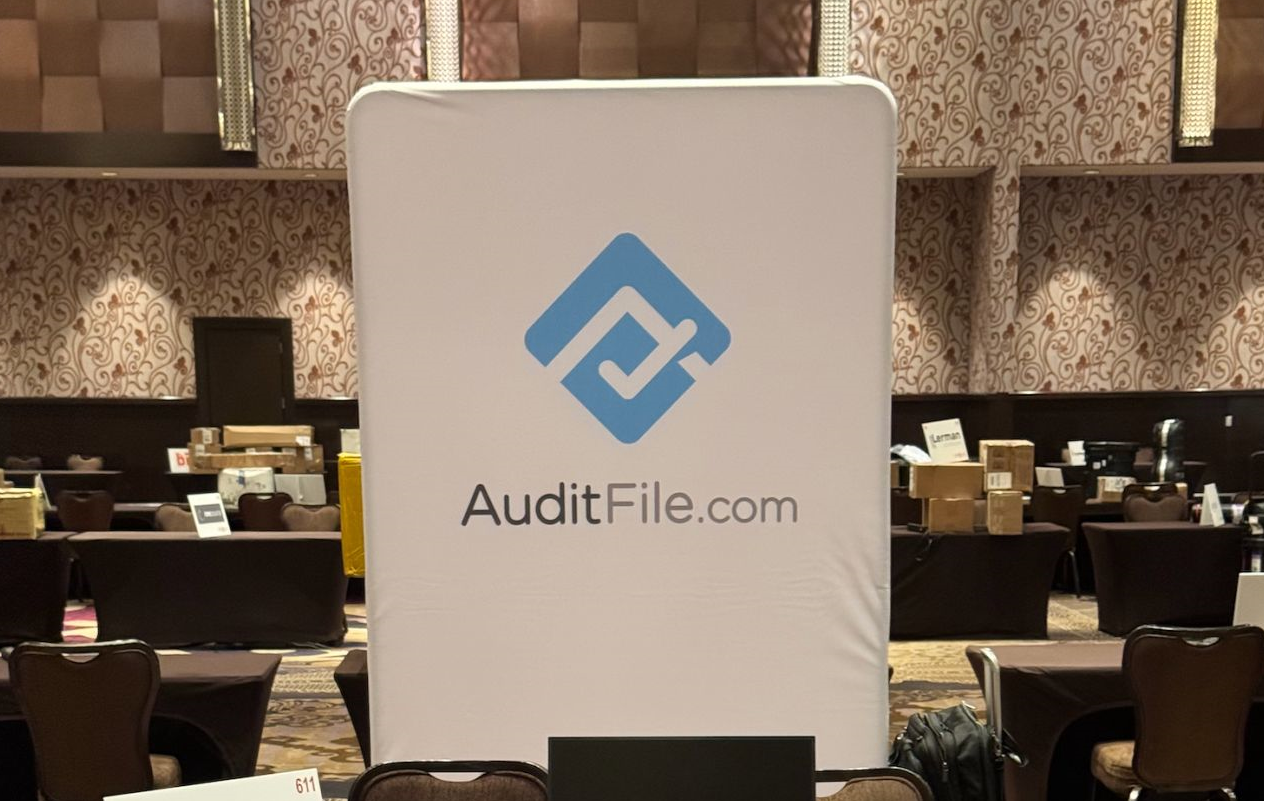With increasing corporate belt-tightening, finance leaders are focused on boosting the productivity of lean AP teams and taking measures to cut costs. According to a new survey, many are turning to automation to achieve this goal.
The 8th annual State of the AP Report, from MineralTree, a Global Payments (NYSE: GPN) company and accounts payable (AP) and payment automation solution provider, looked at progress in modernizing back-office finance processes for businesses amid the impact of multiple macroeconomic factors. The 2023 report includes responses from buyers and their vendors, presenting a complete view of the AP and payment automation landscape.
“As businesses continue to face a number of challenges and pressures, finance teams are being tasked with finding new ways to drive operating efficiencies and get more control over cash flow,” said Brian Greehan, head of B2B Solutions for Global Payments. “In response, they are prioritizing investments in back-office automation and working with vendors to increase the adoption of digital payments.”
MineralTree’s 2023 State of AP Report explores these trends and their significant impact on finance teams. It also offers practical guidance to help businesses continue to optimize their AP and payment operations.
Some key themes highlighted in the report, include:
- Recessionary headwinds, rising costs and hybrid workplaces are pressuring AP teams to do more with less
With increasing corporate belt-tightening, finance leaders are focused on boosting the productivity of lean AP teams and taking measures to cut costs.
- 59% of finance leaders cite doing more with less, followed by reducing AP processing costs (49%); improving the ability to manage cash flow (43%); and gaining better visibility into their current cash position (42%).
- Almost half (45%) of firms looking to hire anticipate hiring challenges and delays.
- AP teams are also more likely to work remote, as 68% of AP work environments are now hybrid or fully remote–which is expected to increase over the next year.
- AP automation is providing critical value and remains a top digitization priority
AP automation is allowing finance teams to do more with less.
- An overwhelming majority of teams surveyed using AP automation realized efficiency gains (85%) and faster, more timely payments (63%).
- 58% are able to absorb a growing volume of invoices and payments with the same-sized team. Almost a quarter (24%) have reallocated freed-up staff time to other projects. In addition, they are gaining much-needed visibility into cash flow and working capital.
- For those who have begun the automation journey, the most digitized AP task is invoice approval/workflows (71%), followed by invoice data capture and coding (66%), payment execution (58%) and payment authorization (58%).
- Vendor relationships play a growing role in the adoption of AP automation
The pandemic put a lot of focus on the importance of strategic vendor relationships and that sentiment continues to grow.
- Two-thirds (66%) of finance leaders agree or strongly agree that their vendor relationships have grown in importance.
- Vendors continue to rank speed of payment as the top priority in the payment experience, but are unhappy with the time it takes to respond to payment inquiries. This remains their top pain point in the customer payment process.
- Vendor dissatisfaction may be growing. Just over half (52%) feel that AP follows up on payment inquiries in a timely manner, compared to 56% last year.
Currently, only 20% of businesses have fully automated their AP processes, creating ample opportunity for businesses to evolve their processes in order to remain competitive. In addition to these key themes, the report offers guidance every business can take to optimize their payment operations, including:
- Businesses that begin to automate can focus on immediate wins that deliver ROI, such as digitizing paper invoices and automating approval routing.
- Businesses that have automated some aspects of their AP workflow can realize even better results by automating additional elements, such as vendor payments. End-to-end automation increases operational efficiencies, enables more timely payments and improves cash flow management.
- By using managed payment services to remove some of the upfront administrative requirements, companies can more quickly enroll vendors for virtual card payments and accelerate ROI from automation.
- Analyzing invoice and payment data can help businesses identify opportunities to reduce spend and maximize cash flow by consolidating vendors, timing payments and taking better advantage of early payment discounts.
The full report delves into all of these topics and more in greater detail and is available for download here.
Thanks for reading CPA Practice Advisor!
Subscribe Already registered? Log In
Need more information? Read the FAQs




